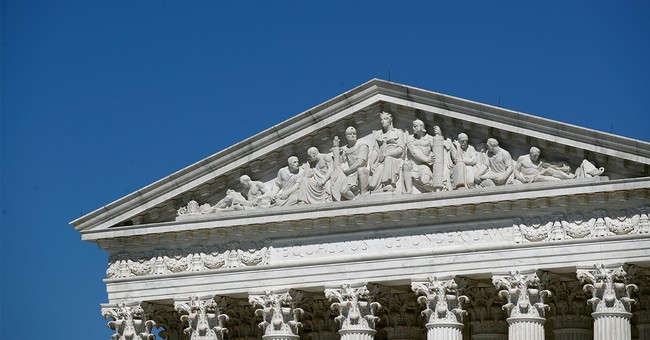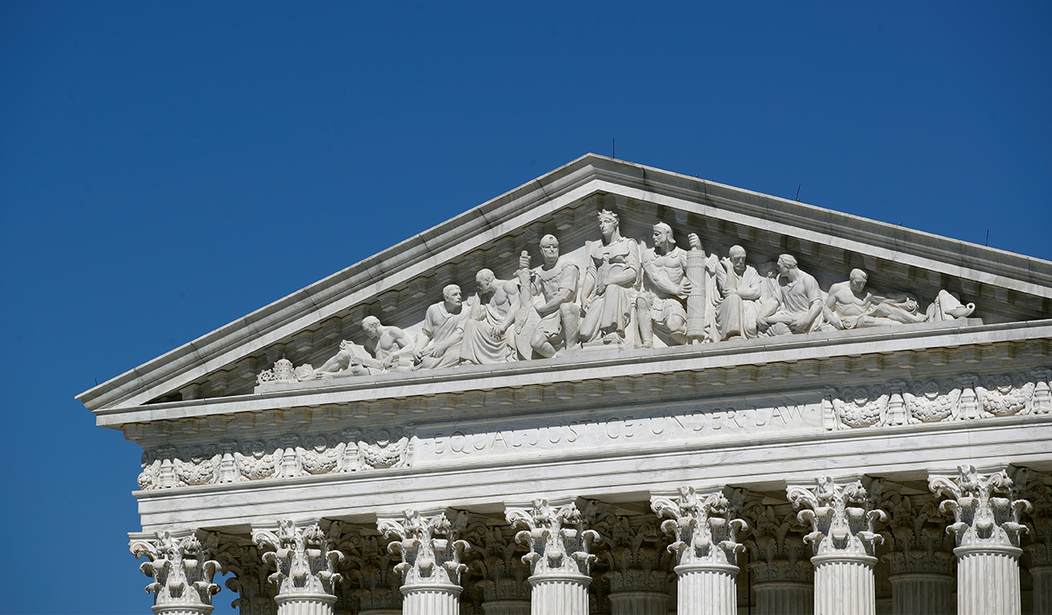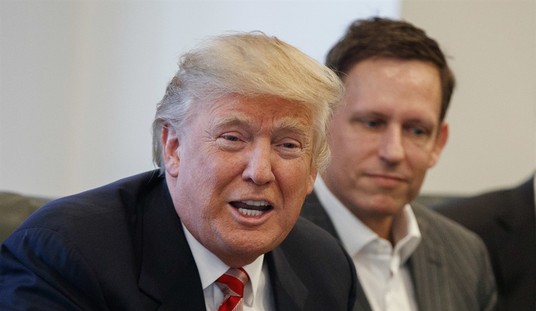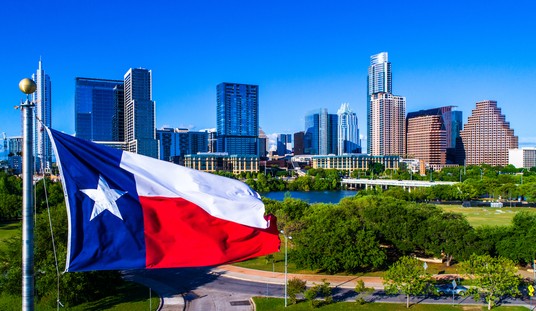
Late last night, the Supreme Court handed down an Order in the case of South Bay United Pentecostal Church v. Newsom. The Church had sought injunctive relief from California Governor Gavin Newsom’s Executive Order limiting attendance in places of worship to the lesser of 25% capacity or 100 people.
In the Order denying the injunction, Chief Justice Roberts sided with the liberal wing of the Court. Justice Brett Kavanaugh penned a dissent, joined by the other three conservative justices.
The primary distinction drawn between the majority and the dissent is their characterization of places of worship in relation to other secular gathering places. The majority likens churches and other places of worship to such secular gatherings as “lectures, concerts, movie showings, spectator sports, and theatrical performances, where large groups of people gather in close proximity for extended periods of time.” Roberts draws a distinction between these gatherings/venues, such as “grocery stores, banks, and laundromats,” noting that in those are venues “in which people neither congregate in large groups nor remain in close proximity for extended periods.”
Because of that distinction, the majority asserts that: “Although California’s guidelines place restrictions on places of worship, those restrictions appear consistent with the Free Exercise Clause of the First Amendment.” The Court thus denies the application for injunctive relief, recognizing that matters of public health and safety are left to elected, politically-accountable officials, and not to be second-guessed “by an ‘unelected federal judiciary,’ which lacks the background, competence, and expertise to assess public health and is not accountable to the people.”
That’s actually a rationale I would generally subscribe to, but where the majority and I (and the dissent) part ways is in its lumping together of houses of worship with movie theaters, concert venues, and the like. Because churches and other houses of worship aren’t merely social venues. They’re where people go to exercise the religious freedom guaranteed to them by the First Amendment. As Justice Kavanaugh explains in the dissent:
The Church and its congregants simply want to be treated equally to comparable secular businesses. California already trusts its residents and any number of businesses to adhere to proper social distancing and hygiene
practices. The State cannot “assume the worst when people go to worship but assume the best when people go to work or go about the rest of their daily lives in permitted social settings.”
As an alternative, Justice Kavanaugh notes that the State could simply impose the same (reasonable) occupancy caps across the board. But because it chose to impose stricter limits on certain venues, including houses of worship, while taking a looser approach with supermarkets, restaurants, and offices, the State appears to be discriminating against religion without providing a compelling justification for doing so.














Join the conversation as a VIP Member